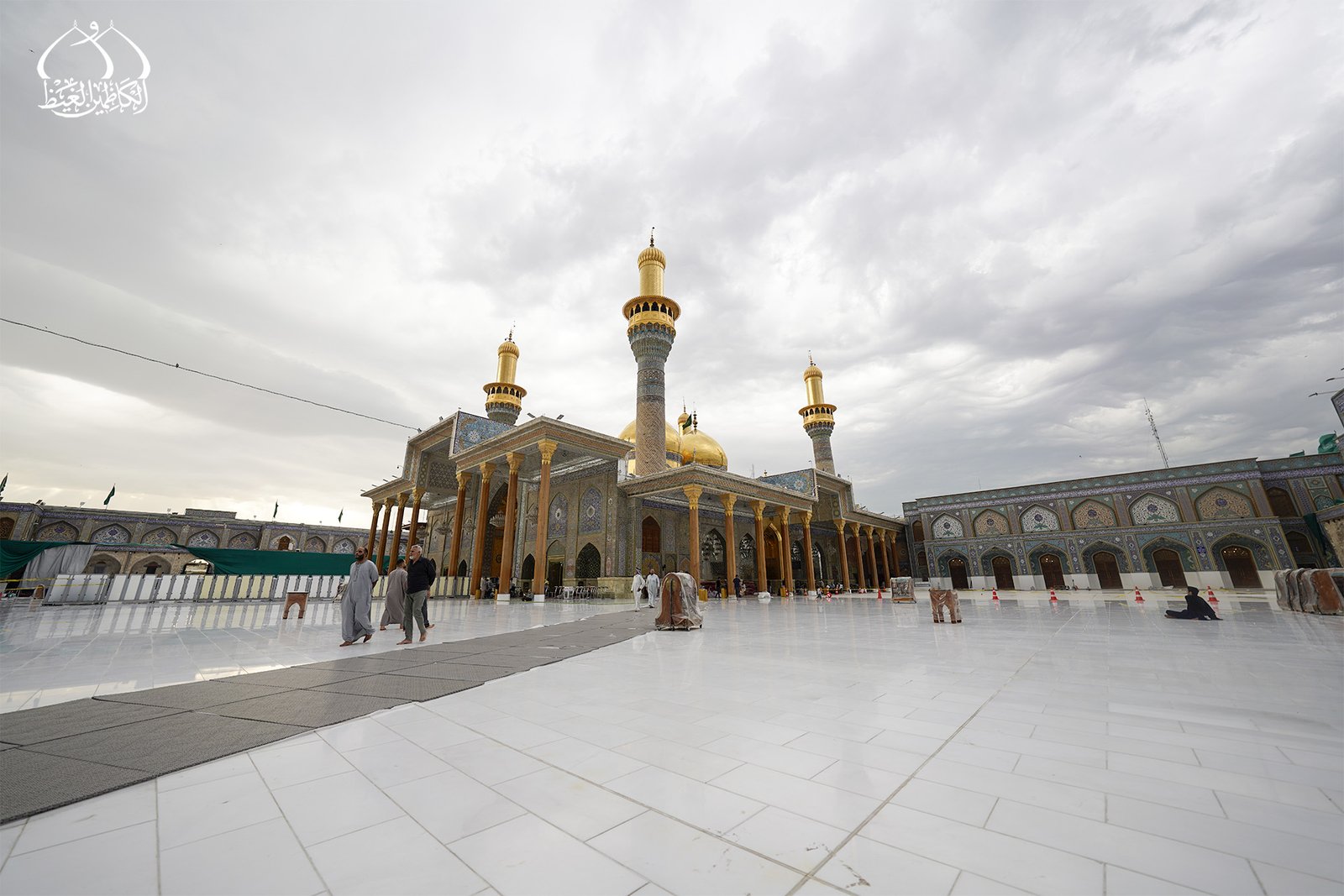Mailing List
Sign up for our mailing list to get latest updates and offers.
Musa bin Jaʿfar (AS) titled as al-Kadhim and Bab al-Ḥawaʾij, was the seventh Imam of Shi'a, born in Abwa' (a village between Mecca and Medina). After his father Imam Ja'far al-Sadiq (AS) was martyred he (AS) became the Imam of Shi'a. The thirty-five years of his imamate coincided with the caliphate of al-Mansur, al-Hadi, al-Mahdi, and Harun al-Rashid. He was repeatedly imprisoned by al-Mahdi and Harun and was finally martyred by poison in al-Sindi bin Shahik's prison. After his martyrdom, he was succeeded by his son, Ali bin Musa Redha (AS), as the next Imam.
He was praised for his practice of worship, patience, and generosity, referring to him as "al-Kadhim" and "al-'Abd al-Salih". Imam al-Kadhim's (AS) resting place and the mausoleum of his grandson, Imam al-Jawad (AS), are located near Baghdad and is known as the Shrine of Kadhimayn. It is visited by Muslims, and in particular, the Shi'as.
The Shrine of al-Kadhimayn spans over 26,000 square meters and comprises several distinct parts, including the main courtyard, meadow, minaret, darih (the grave), portico (rawaq), and dome. Its construction boasts a variety of artistic styles, featuring intricate mirror work, tessellation, gilding, marquetry, and calligraphy that all contribute to its stunning aesthetic appeal. The initial structure of the mausoleums of both Imams (AS) dates back to a time preceding the Buyid period. However, over the years, the Shrine underwent multiple stages of restoration, repair, and completion under the patronage of various dynasties including the Buyids. The current graves of the Shrine of al-Kadhimayn were constructed after the collapse of the previous government in 2003. Prior to this, a darih that had been dedicated by Sultan Baygum was present in the shrine since 1906. The dimensions of this darih were 676 centimetres in length, 517 centimetres in width, and approximately three and a half meters in height. Additionally, the interior ceiling of the grave was made of wood and adorned with thulth and nasta'liq calligraphies (type of Arabic calligraphy). Preceding Sultan Baygum's darih, another one had been installed in the shrine for 109 years, which was built during the reign of Nasir al-Din Shah.
